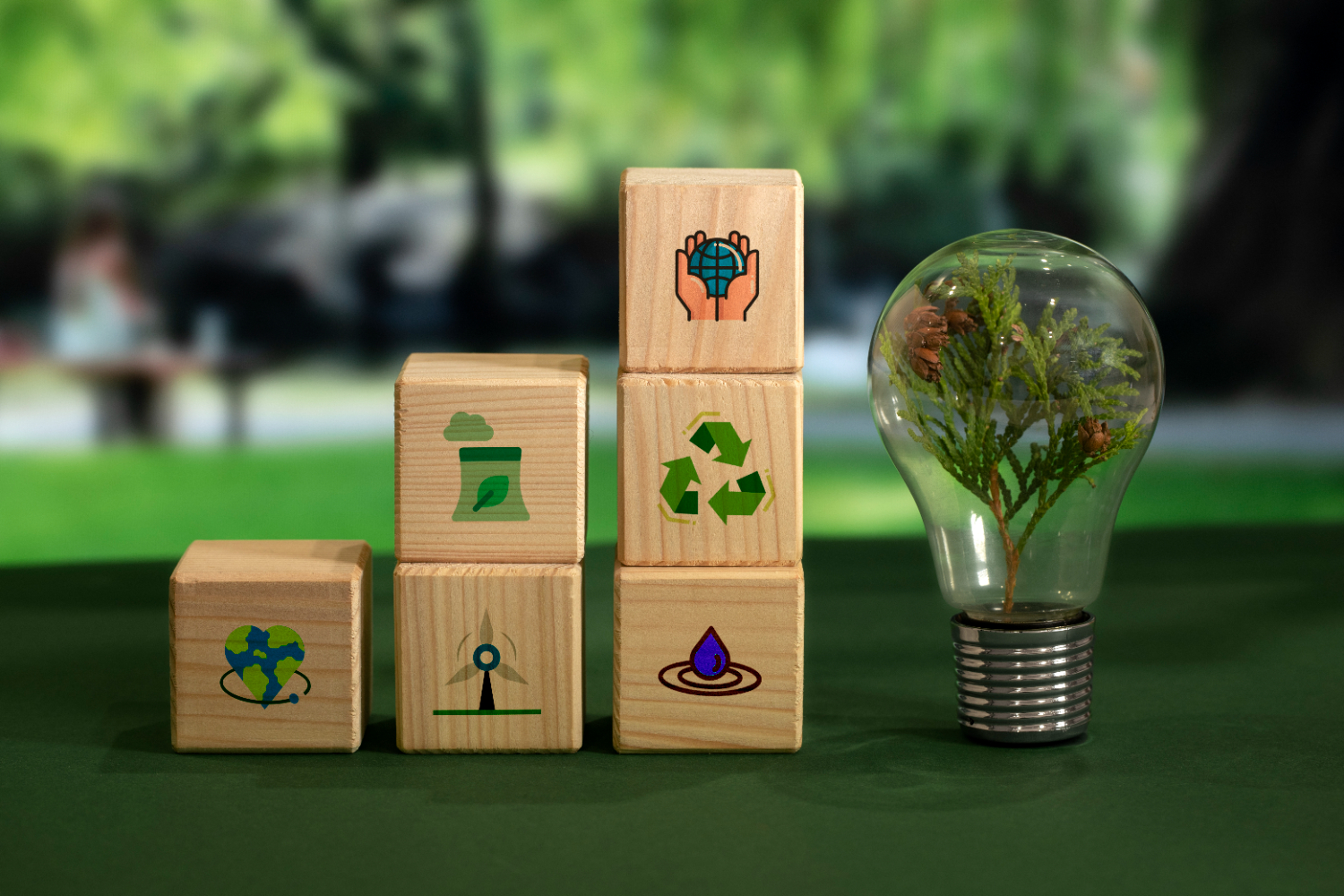Green Building Materials: How to Make Your Project Sustainable
Sustainable construction is becoming increasingly important in today’s world. Green building materials help reduce environmental impact, provide energy efficiency, and create a healthy environment to live and work in. In this article, we will explain how to choose such materials and why they are important for your project.
- What are green building materials?
Green materials are those that minimize harmful effects on nature and human health. They must meet the following criteria:
Natural origin. For example, wood, clay, or stone.
Recyclability. Materials that can be reused or disposed of without harming the environment.
Energy efficiency. Reduced energy costs for production or operation.
Non-toxic. No harmful chemicals that affect air quality.
- Popular green building materials
Bamboo
A fast-growing and renewable material that is suitable for decoration and structures.
Clay brick
Provides excellent thermal insulation, durability and health safety.
Recycled metal
Ideal for construction and decoration, reduces the need for natural resource extraction.
Marble
Natural stone, which is durable and can be recycled in the future.
Recycled fiber insulation materials
For example, cotton or linen, which are safe and effective for insulation. - Benefits of eco-friendly materials
Reduced energy costs
Energy-efficient materials, such as natural fiber insulation, help to significantly reduce heating and cooling costs.
Durability
Eco-friendly materials last longer, which reduces the frequency of repairs and renovations.
Healthy atmosphere
The absence of toxic substances ensures clean indoor air.
Support for sustainable production
By using such materials, you contribute to the conservation of resources and a reduction in carbon footprint. - How to choose eco-friendly materials for a project?
Check the certification
Look for materials with LEED, FSC, or Cradle to Cradle certifications. This ensures that they are eco-friendly.
Consider local materials
Using materials produced in your region reduces transportation costs and your carbon footprint.
Durability and ease of maintenance
The less maintenance a material requires, the more sustainable your project will be in the long run.
Read reviews and tests
Check the characteristics of materials to ensure that they meet standards and expectations. - Real-life examples of eco-friendly materials
Residential: clay brick walls, bamboo floors, insulation made from recycled materials.
Commercial: solar panels, steel structures made from recycled metal, facades made from natural stone.
Landscaping: timber from FSC-certified forests, marble paths, gravel from recycled concrete.
Conclusion
Sustainable building materials are not only an investment in preserving nature, but also a smart choice for long-term savings and a better quality of life. By choosing sustainable solutions, you create projects that are beneficial for you, your customers and the environment.
If you want to learn more about the eco-friendly materials available or get advice, our experts are always ready to help.



Leave a Reply